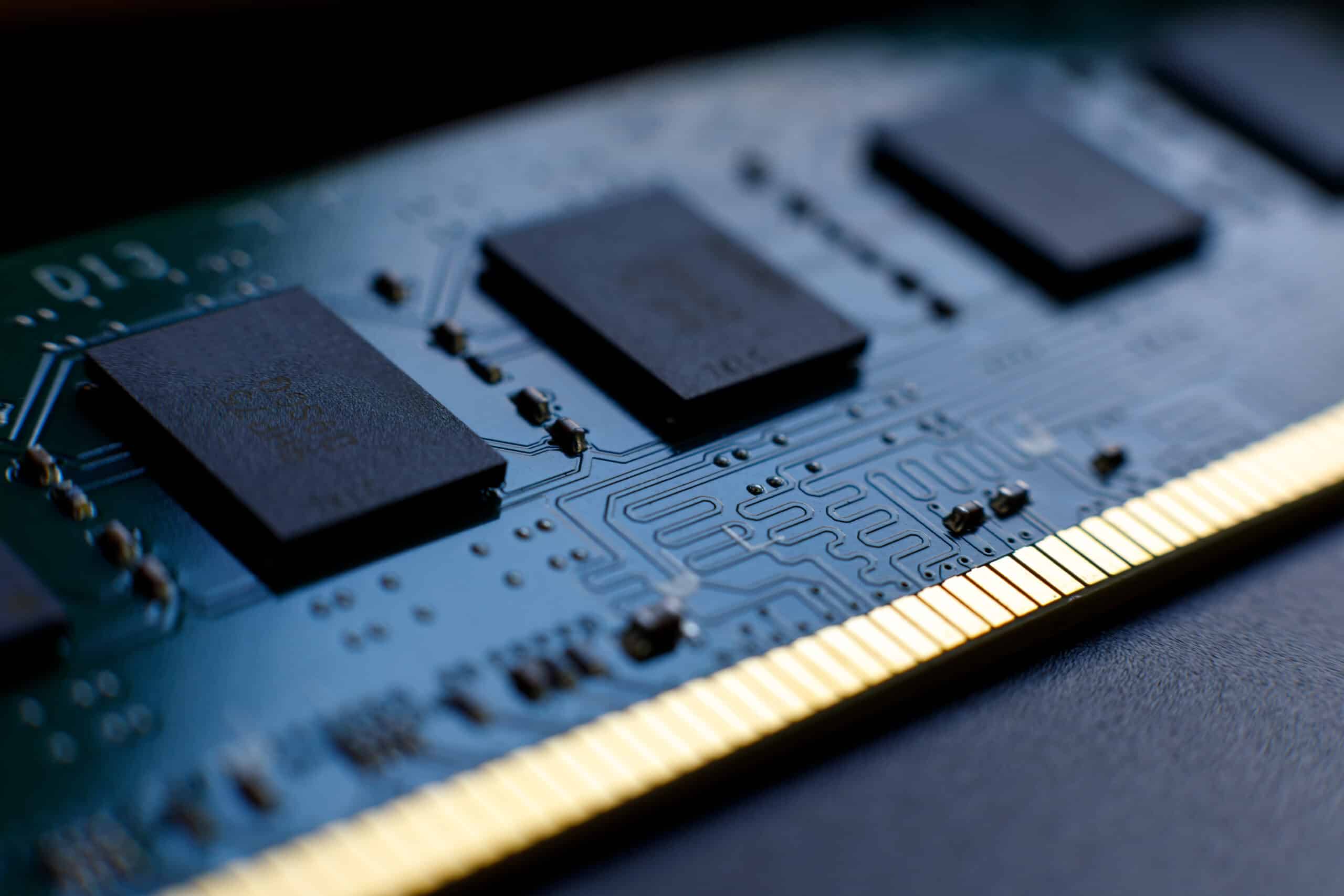Something to look forward to: The original DDR5 standard was released in 2020, and DDR4 memory can still be used with newer CPU and motherboard models. JEDEC, meanwhile, is already working on the next version of PC memory technology and things could become very interesting if recent rumors prove true.

DDR6 RAM modules will feature significant internal changes, enabling unprecedented speed rates. According to a recently leaked presentation by RAM controller manufacturer Synopsys, DDR6 is set to debut with 8.8 Gbps modules and could eventually reach 17,600 MT/s, potentially extending to a theoretical limit of 21,000 MT/s.
The fastest DDR5 desktop modules currently available offer an 8,400 MT/s data rate (DDR5-8400), with faster modules expected in the future. JEDEC's presentation, shared by Twitter user "Darkmont," confirms that the organization is working on DDR6 but still needs to choose between PAM or NRZ signaling modes.
DDR6 chips will operate differently from previous generations, using dual 12-bit data channels instead of the traditional 16-bit channels per module. Although the data channels will be shorter, DDR6 modules will be faster, with a single DDR6-17600 module potentially achieving an effective bandwidth of 47 gigabytes per second.
– Darkmont (@DarkmontTech) May 21, 2024
The first finalized DDR6 JEDEC standard is scheduled to arrive in the second half of 2025, including LPDDR6 for portable systems. The LPDDR5 standard is now five years old, and the next generation of low-power PC memory is expected to be slower than RAM modules designed for desktop computers.
As manufacturers and chipmakers strive to improve performance in a world filled with complex digital artifacts and data-hungry AI workloads, traditional PC hardware paradigms are evolving significantly. While GDDR6 and GDDR6X video memory chips achieve much faster data rates than DDR modules, DDR6 could still provide a significant system performance boost.
Although the DDR6 standard might be finalized next year, PC builders and manufacturers will likely have to wait a bit longer to adopt the new technology. Intel is usually willing to refresh its CPU platforms much earlier than AMD, but future Arrow Lake and Panther Lake architectures will likely continue using DDR5 modules.
DDR6 RAM could double the data rate of the fastest DDR5 modules